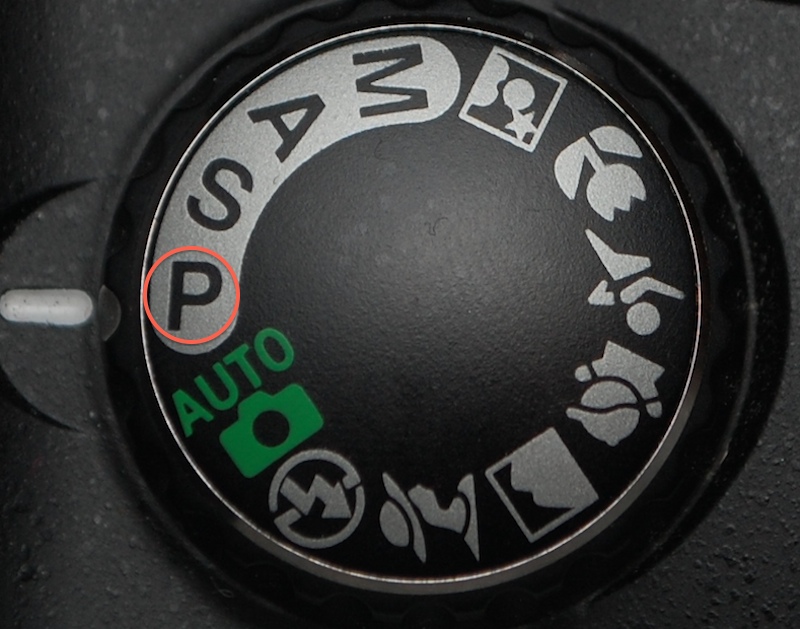What is Program Mode?
Program Mode is a DSLR camera shooting mode that allows the user to manually control the shooting settings. Program Mode is represented by the letter “P” on the mode dial on the top of your DSLR camera.
In Program Mode the camera calculate both shutter speed and aperture and the ISO value is selected by the user or given automatically. The difference between Program mode and Auto mode is that in program mode, only the exposure is automatic, while other camera settings like the exposure compensation, flash etc. can be set manually.
If you’re new to using a DSLR camera, switching to Program mode is a good first step to start taking advantage of your camera’s abilities and produce better images.
How To Use Program Mode
Using your camera’s program mode is similar to using the automatic mode, because the lens aperture opening and shutter speed are chosen by the camera to produce a proper exposure.
In Program Mode, the camera will still set your exposure for you and choose the correct aperture and shutter speed for the available light. What makes using the program mode different from using the automatic mode is that the user is able to manually control the ISO, flash, white balance and exposure compensation.
Selecting The Program Mode
Set your camera mode dial to the “P”, once you are in the program mode, point your camera at the subject and press the shutter half way down. You will see the shutter speed and aperture values that the camera has chosen for a proper exposure in the viewfinder.
Program mode is designed to determine the settings for what the camera perceives as a correct exposure, if you want something darker or lighter you’ll have to tell the camera. As mentioned above you are now off the Auto setting and have the freedom to change the ISO sensitivity, flash, white balance and EV (exposure compensation) if needed.
Advantages of the Program Mode
Using the Program Mode is an easy way to take pictures without being concerned about setting exposure values. The advantage of Program mode is that it allows you to learn about other aspects of your DSLR without having to worry about getting your exposure perfect.









